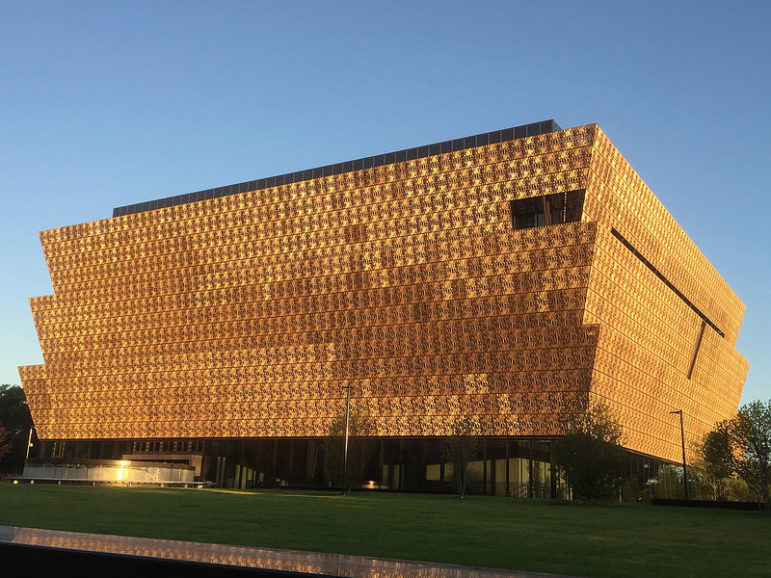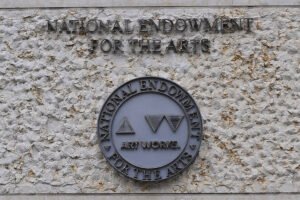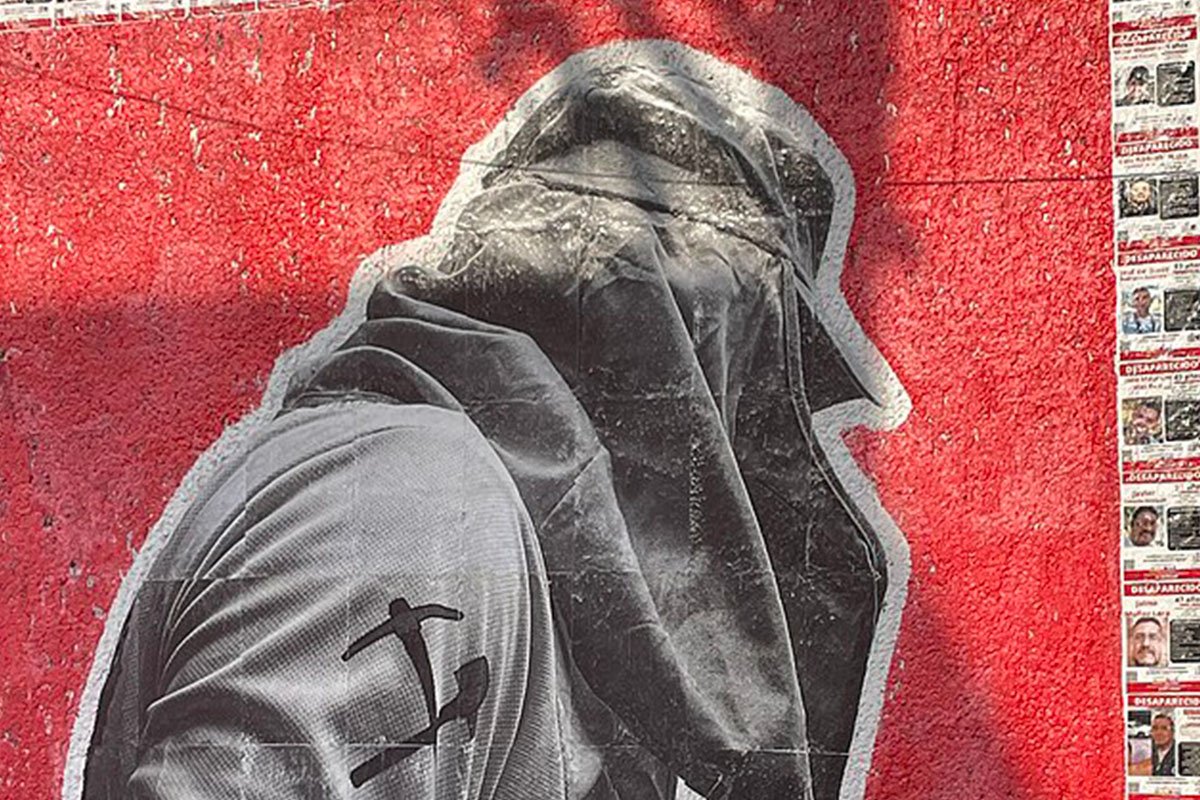
August 23, 2016; The Guardian
“Your museum is a place where the public can learn, so I want to give these to you.”
—Charles Leroy Blockson
When the Smithsonian National Museum of African American History and Culture (NMAAHC) opens next month in Washington, D.C., filling the last available parcel on the National Mall, its collections will include about 37,000 artifacts donated by individuals who answered a nationwide call issued in 2008 to help animate the stories of African Americans and fill the 380,000-square-foot space. The donations poured in from the attics and closets of ordinary people, from devoted individual collectors and from existing public collections.
Sign up for our free newsletters
Subscribe to NPQ's newsletters to have our top stories delivered directly to your inbox.
By signing up, you agree to our privacy policy and terms of use, and to receive messages from NPQ and our partners.
Lonnie G. Bunch III, founding director of NMAAHC, and his curatorial team have gathered so many items that only a fraction of them will be included in the opening exhibitions. Others will be rotated into exhibitions over time, and the richness of the collections will also allow the museum to loan artifacts to other institutions. Reflecting on the generosity of those who contributed items, Bunch says:
You as a leader, you have a dream, and you have ideas of how to get to that dream. But you’re never really sure until you see how the public responds. To see people open their doors, open their trunks, open their attics was humbling, and in some ways made me very tearful.
Among the treasures NMAAHC has been given are:
- Several items that belonged to Harriet Tubman: a homemade knife and fork; the silk shawl Queen Victoria gave her in 1897 as an invitation to the Diamond Jubilee; and Tubman’s hymnal—“a powerful reminder that even though she couldn’t read, she kept close to her heart the songs that not only moved her spirit, but also helped guide slaves toward…freedom.” These artifacts, along with photographs from Tubman’s funeral, came from 82-year-old Charles Leroy Blockson, a Philadelphia historian and well-known collector of African American literature, whose collection is housed at Temple University.
- The dress Rosa Parks was making when she was arrested for refusing to give up her seat on a bus, along with a collection that formerly comprised the Black Fashion Museum in New York City, donated by Joyce A. Bailey, daughter of Lois Alexander-Lane, who founded that museum. As Bailey notes, “The best place for the collection was the new museum. It needs to be some place where it would be cared for properly and where other people would be able to come and see portions of the collection and realize the centuries of contributions made by the women and men of the African diaspora.”
- A collection of hats made by longtime Philadelphia milliner Mae Reeves, now 103, who crafted “choice hats of velvet, feathers and ribbon” for famous black singers like Lena Horne, Ella Fitzgerald, and Marian Anderson. As explained by Reeves’ daughter, Donna Limerick, “Once the museum got involved, I didn’t think of it as my mom’s hats. What she’s given to the museum is a lost art form.”
- Shards of glass from the windows of the 16th Street Baptist Church in Birmingham, Alabama, collected just a few days after the 1963 bombing there that killed four young black girls. They’d been saved by Joan Mulholland, who as an undergraduate participated in sit-ins and Freedom Rides during the civil rights movement. Mulholland, who lives in Virginia, donated most of the glass shards, keeping a few for herself, and also gave the museum virtually all the other relics she’d saved from that era.
While it may not have been the primary reason for donating artifacts to NMAAHC, those who did so now have the reassurance that their treasures will be preserved and well cared for by the Smithsonian. In talking to prospective contributors, “We have to talk about how our closet is a different type of closet, and what it means moving something from a family’s legacy to a nation’s legacy,” says Michèle Gates Moresi, curator of collections at NMAAHC.
NPQ has previously reported on the interior design of NMAAHC and the decision to build in quiet spaces throughout for visitors to process some of the more difficult stories and artifacts contained in the exhibitions. We will continue to follow the story of the museum, which will open with a flourish in September—including Freedom Sounds, a free, three-day music festival on the grounds of the Washington Monument from September 23rd–25th; and the dedication ceremony and opening to the public on Saturday, September 24th.—Eileen Cunniffe











